Meta presents an AI model that can handle challenging arithmetic issues
By MYBRANDBOOK

Meta Platforms has announced its latest Llama 3 AI models, including a major release with 405 billion parameters. This model approaches the performance of competitors like GPT-4 and Claude 3.5 Sonnet in multilingual communication and difficult math problem solving. To further improve its overall functionality and accuracy, the Llama 3 also has a larger context window and improved coding capabilities. The new Llama 3 model can converse in eight languages, write higher-quality computer code and solve more complex math problems than previous versions.
With 405 billion parameters, or variables that the algorithm takes into account to generate responses to user queries, it dwarfs the previous version released last year though is still smaller than leading models offered by competitors.
OpenAI's GPT-4 model, by contrast, is reported to have one trillion parameters and Amazon is preparing a model with 2 trillion parameters.
Promoting Llama 3 across multiple channels, Chief Executive Mark Zuckerberg said he expected future Llama models would overtake proprietary competitors by next year. The Meta AI chatbot powered by those models was on track to become the most popular AI assistant by the end of this year, with hundreds of millions of people using it already.
In addition to its flagship 405 billion parameter model, Meta is also releasing updated versions of its lighter-weight 8 billion and 70 billion parameter Llama 3 models initially introduced in the spring, the company said.
All three new models are multilingual and can handle larger user requests via an expanded "context window," which Meta's head of generative AI, Ahmad Al-Dahle, said would improve the experience of generating computer code in particular.
Meta releases its Llama models largely free-of-charge for use by developers, a strategy Zuckerberg says will pay off in the form of innovative products, less dependence on would-be competitors and greater engagement on the company's core social networks. Some investors have raised their eyebrows at the costs entailed, however.
The company also stands to benefit if developers opt to use its free models over paid ones, which would undercut the business models of its rivals. With its announcement, Meta touted gains on key math and knowledge tests that may make that prospect more appealing.
Although measuring progress on AI development is notoriously difficult, test results provided by Meta appeared to suggest that its largest Llama 3 model was nearly matching and in some cases besting Anthropic's Claude 3.5 Sonnet and OpenAI's GPT-4o, which are widely regarded as the two most powerful frontier models on the market.
On the MATH benchmark of competition level math word problems, for example, Meta's model posted a score of 73.8, compared to GPT-4o's 76.6 and Claude 3.5 Sonnet's 71.1.
The model scored 88.6 on MMLU, a benchmark that covers dozens of subjects across math, science and the humanities, while GPT-4o scored 88.7 and Claude 3.5 Sonnet scored 88.3.
In their paper, Meta researchers also teased upcoming "multimodal" versions of the models due out later this year that layer image, video and speech capabilities on top of the core Llama 3 text model.
Early experiments indicate those models can perform "competitively" with other multimodal models such as Google's Gemini 1.5 and Anthropic's Claude 3.5 Sonnet, they said.


Legal Battle Over IT Act Intensifies Amid Musk’s India Plans
The outcome of the legal dispute between X Corp and the Indian government c...

Wipro inks 10-year deal with Phoenix Group's ReAssure UK worth
The agreement, executed through Wipro and its 100% subsidiary,...

Centre announces that DPDP Rules nearing Finalisation by April
The government seeks to refine the rules for robust data protection, ensuri...

Home Ministry cracks down on PoS agents in digital arrest scam
Digital arrest scams are a growing cybercrime where victims are coerced or ...

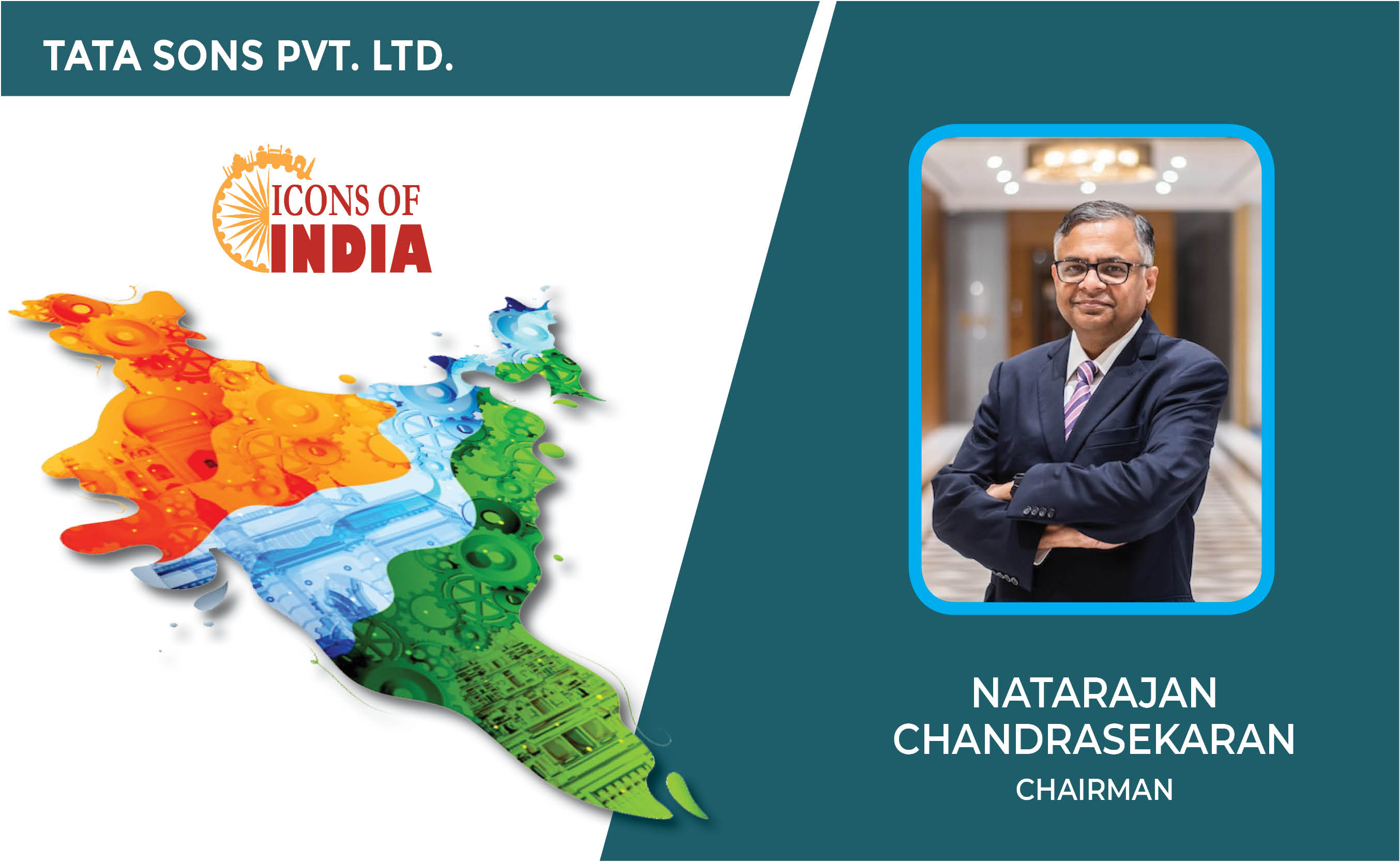
Icons Of India : NATARAJAN CHANDRASEKARAN
Natarajan Chandrasekaran (Chandra) is the Chairman of Tata Sons, the h...
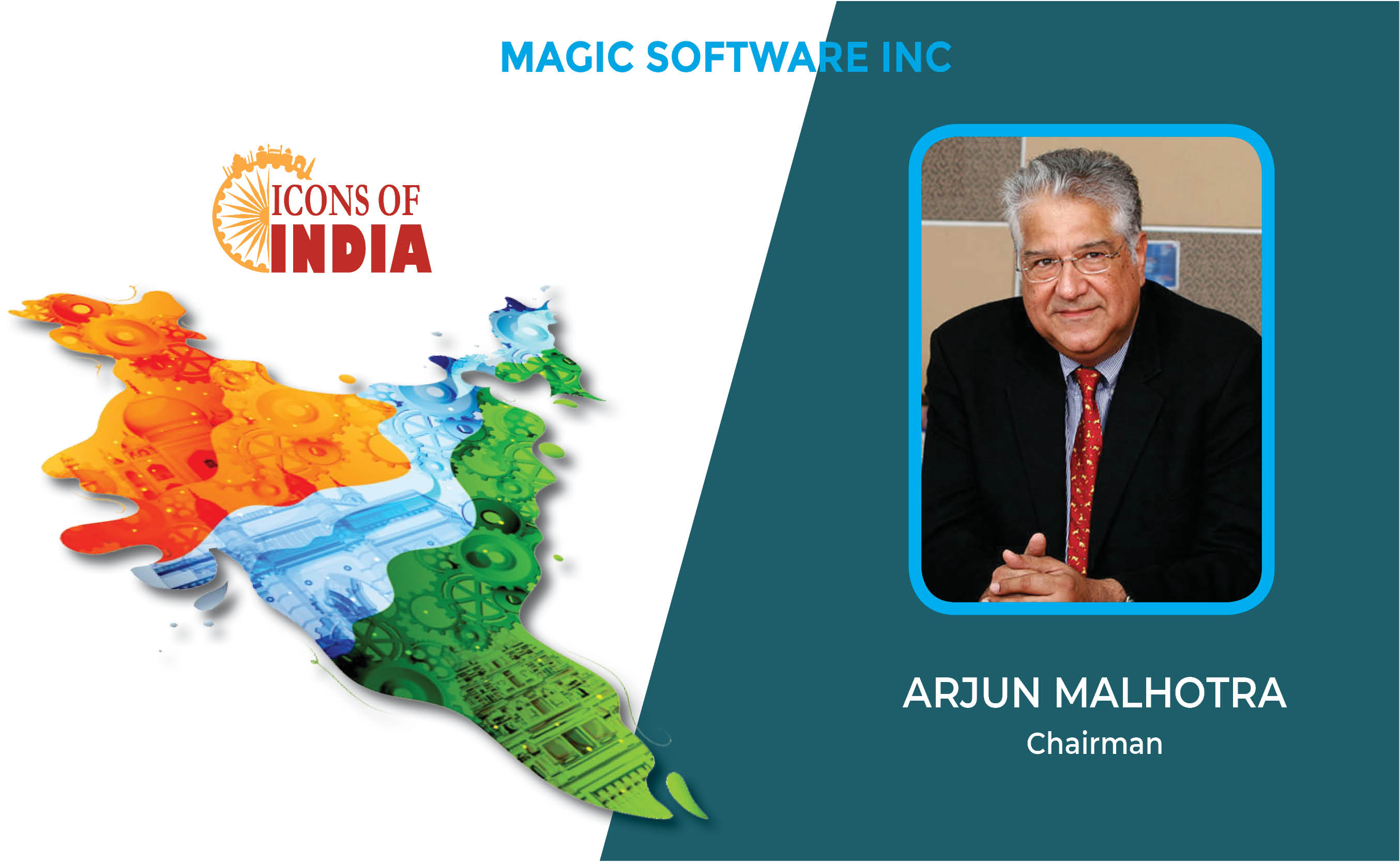
Icons Of India : Arjun Malhotra
Arjun Malhotra, the Chairman of Magic Software Inc., is widely recogni...

Icons Of India : Anil Kumar Lahoti
Anil Kumar Lahoti, Chairman, Telecom Regulatory Authority of India (TR...

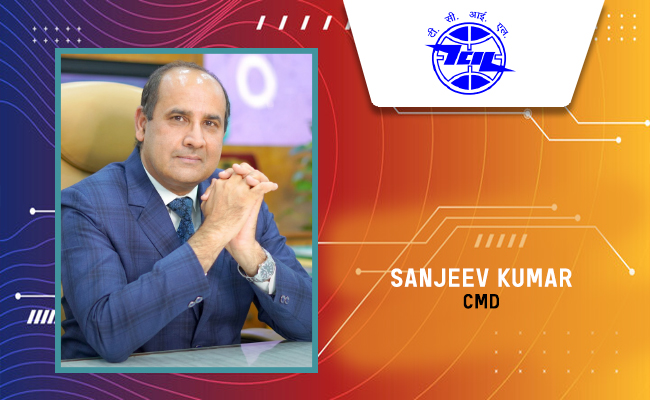
TCIL - Telecommunications Consultants India Limited
TCIL is a government-owned engineering and consultancy company...
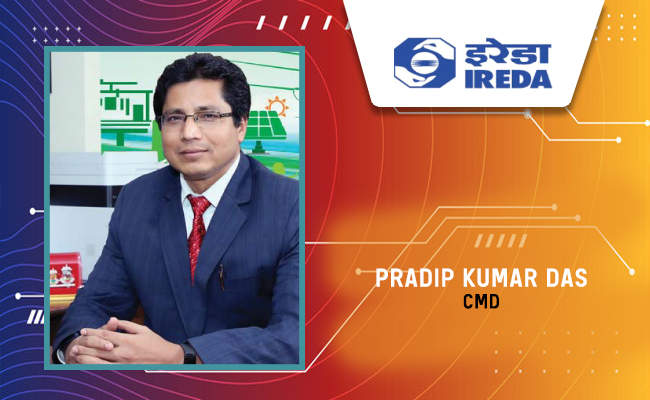
IREDA - Indian Renewable Energy Development Agency Limited
IREDA is a specialized financial institution in India that facilitates...
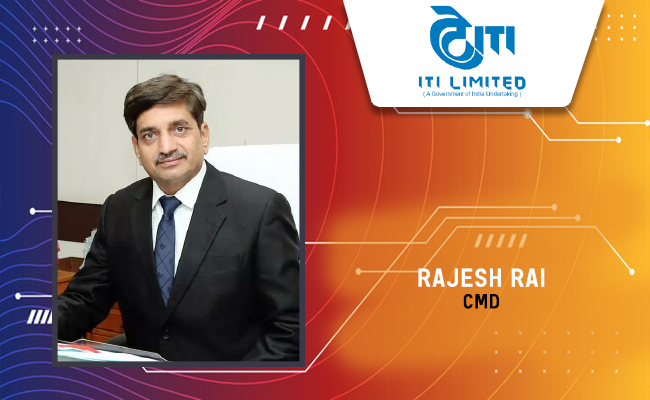
ITI - ITI Limited
ITI Limited is a leading provider of telecommunications equipment, sol...

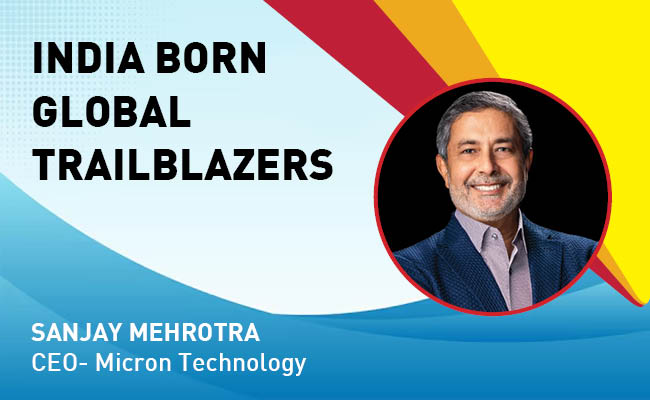
Indian Tech Talent Excelling The Tech World - Sanjay Mehrotra, CEO- Micron Technology
Sanjay Mehrotra, the President and CEO of Micron Technology, is at the...
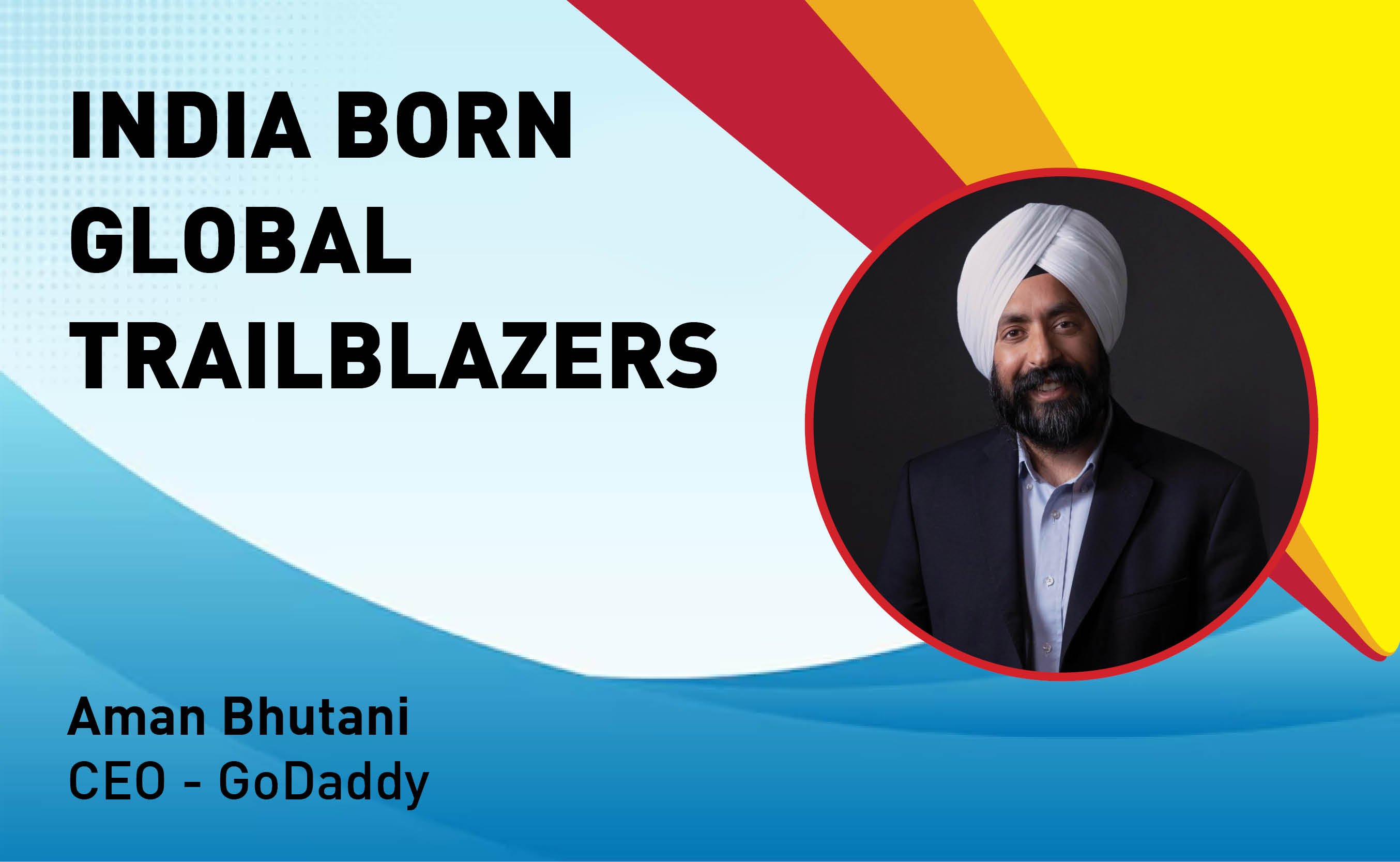
Indian Tech Talent Excelling The Tech World - Aman Bhutani, CEO, GoDaddy
Aman Bhutani, the self-taught techie and CEO of GoDaddy, oversees a co...
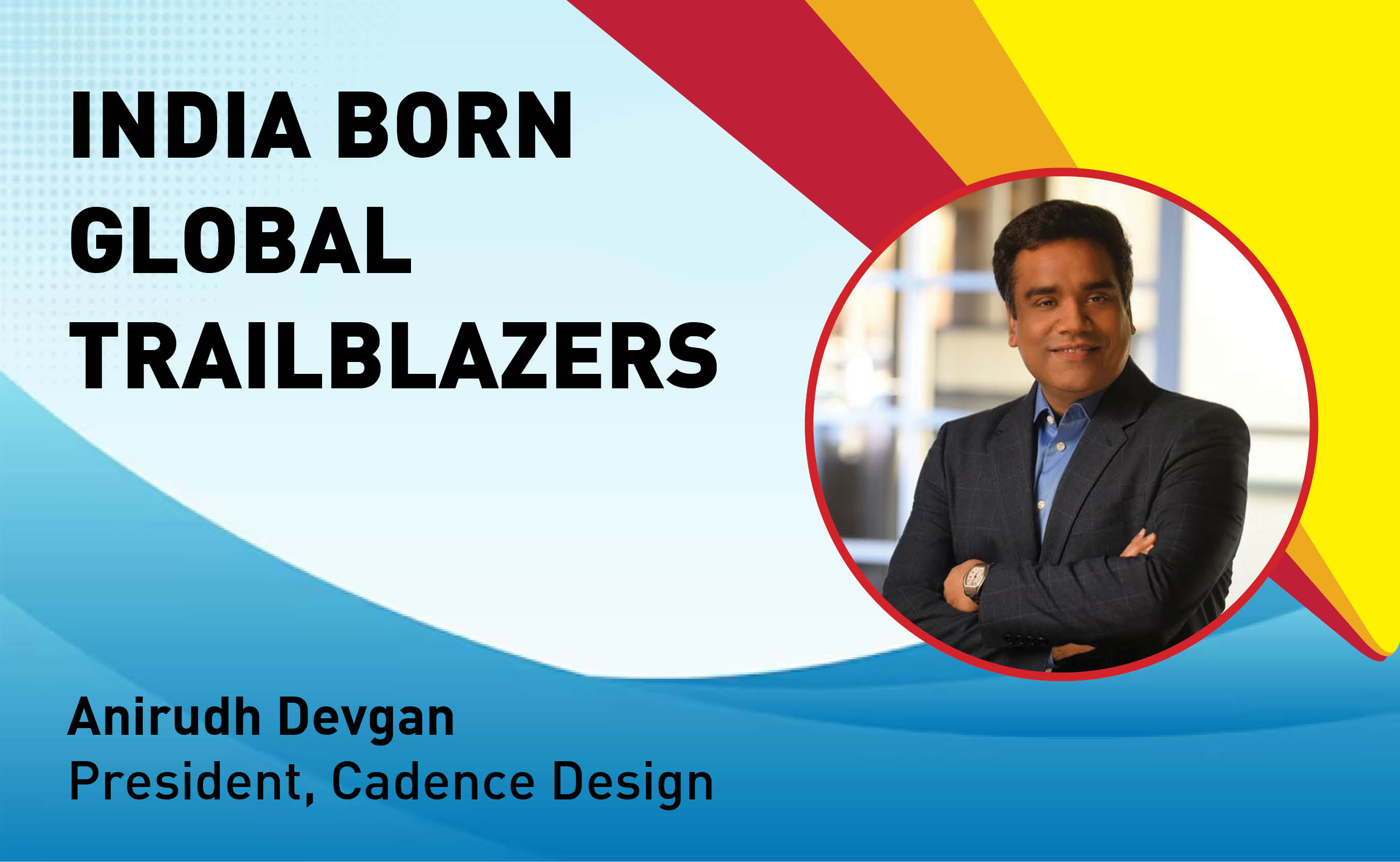
Indian Tech Talent Excelling The Tech World - Anirudh Devgan , President, Cadence Design
Anirudh Devgan, the Global President and CEO of Cadence Design Systems...
 of images belongs to the respective copyright holders
of images belongs to the respective copyright holders